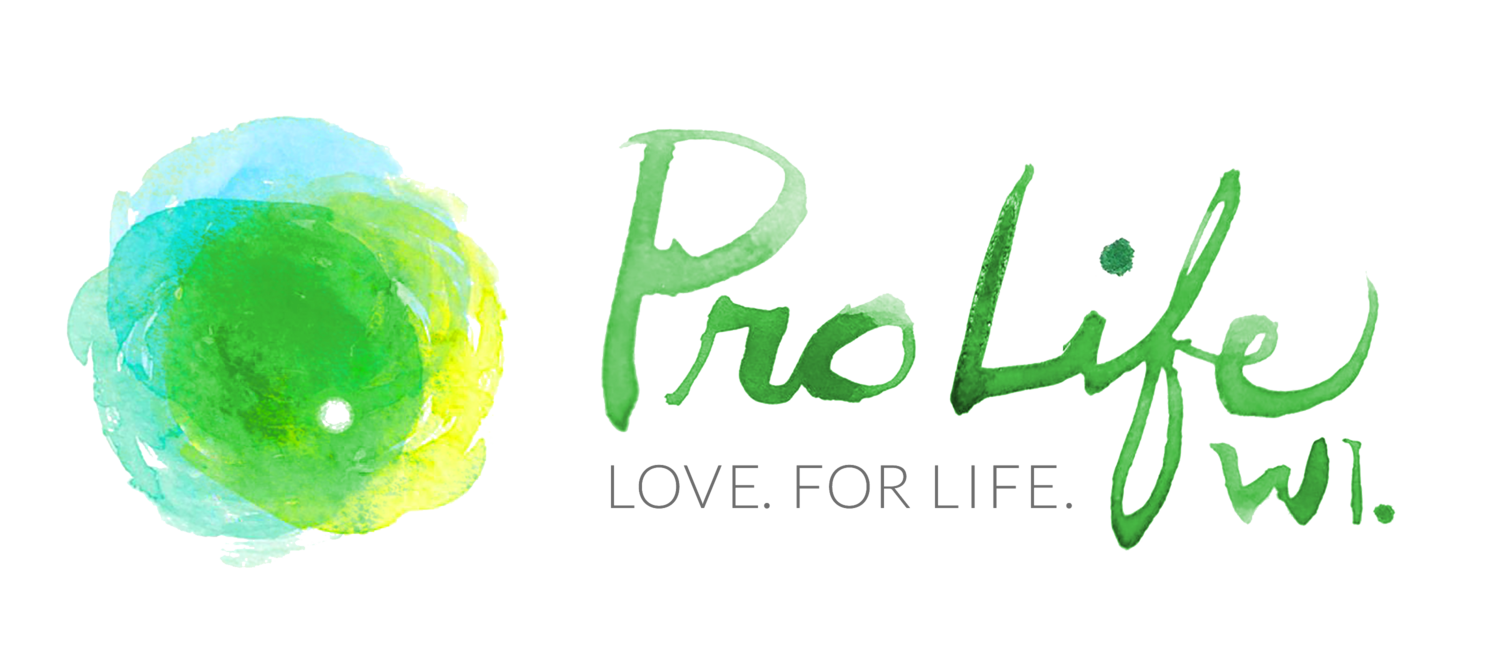CORD BLOOD
What Is Cord Blood?
Cord Blood is the blood that remains in the umbilical cord after the baby is born and the umbilical cord is cut. Although once considered medical waste and thrown away, scientists now know that cord blood is rich in stem cells. Stem cells are very important because they make many different types of cells in the body including blood cells that carry oxygen, fight disease and help stop bleeding. Umbilical cord blood stem cells are collected after the baby has been born and the umbilical cord has been clamped and cut.
What about Wisconsin? Wisconsin Act 56, also known as "Jeremy's Law," was enacted to facilitate the public donation of newborn umbilical cord blood in Wisconsin. "Jeremy's Law" was named for Jeremy Thoms. Both Jeremy and his brother, Alex, were diagnosed with Krabbe Leukodystrophy, an inherited, fatal, nervous system disease. Alex died of the disease at thirteen months because no cord blood was available. Jeremy was able to receive cord blood treatment and is now a thriving young boy. The law requires the principal prenatal health care provider of a pregnant woman to offer her the option to donate (for public use) blood extracted from the umbilical cord of her newborn child to a blood bank. Ethically unproblematic, clinically proven cord blood stem cells are adult-type stem cells that do not require the destruction of human embryos and have successfully treated many life-threatening diseases. This law will help to increase the available inventory of cord blood units in Wisconsin and the nation.
How does cord blood help? Medical conditions that can be treated with cord blood include certain types of leukemia, disorders such as Hodgkin's disease and non-Hodgkin's lymphoma, multiple myeloma, breast cancer, Krabbe's disease, and sickle-cell anemia. Cord blood is especially powerful in treating sickle cell anemia, a painful blood condition damaging organs and tissues caused by abnormally shaped blood cells. A South Korean woman paralyzed for twenty years is now walking again after scientists repaired her damaged spine using stem cells derived from umbilical cord blood. Hwang Mi-Soon said she considered her ability to walk nothing short of a miracle. Another remarkable success story is Adam Susser of Florida, a child with cerebral palsy who was cortically blind and could not speak prior to receiving umbilical cord stem cell therapy. He can now both see and speak.
How can I donate cord blood? Mothers desiring to publicly donate their newborn child's cord blood can go here learn how to donate. Under Wisconsin law, the offer of an option to donate only applies if the donation is at no monetary cost to the woman, her health insurance provider, or to the hospital in which the delivery will occur for collection or storage. Also, the offer must be made before the potential donor reaches her thirty-fifth week of pregnancy.
Cord blood an ethical and proven alternative to embryonic stem cells, says Pro-Life Wisconsin.


